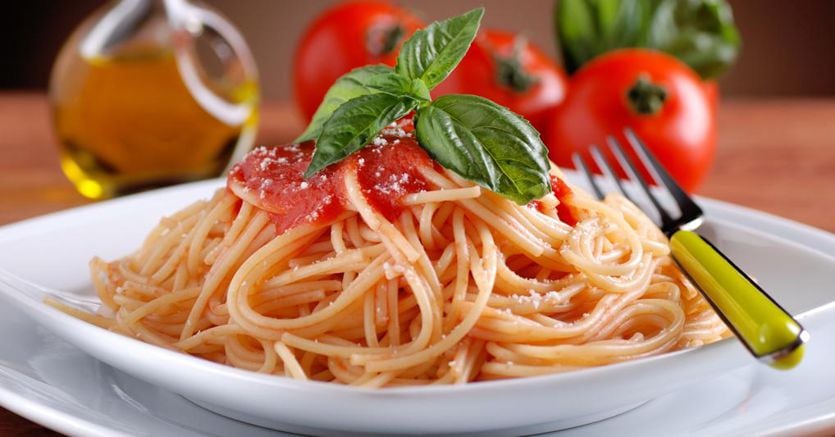The price of electricity may have decreased since the beginning of the year, but in 2023 eating a plate of pasta with sauce is bound to cost even more. Prefiguring the increases in the prices of the most emblematic dish of the Italian diet, the basis of family nutrition, are two indicators. The first concerns the negotiation to establish the price of industrial peeled tomatoes, which is carried out every year and which comes to life in this period. The one for the Northern Italy basin is at a standstill: the processing industry has offered tomato producers a 20% price increase compared to 2022, but nevertheless farmers have judged this increase insufficient to cover the incurred cost rally in the last months.
«We have to face the attacks of pathogens with Europe aiming at a linear cut of crop protection products – explains Filippo Gasparini, president of Confagricoltura Piacenza – and then there is the enormous problem of water resources: tomatoes have very high production costs linked to ‘irrigation. It should be added that in our country some production costs are already higher than our competitors, such as transport and energy costs». On the opposite side the producers: «The increase we propose – claims Bruna Saviotti, coordinator of the Territorial Committee of the North Basin of Anicav- leads to an increase in the average reference price in the two-year period of about 40% and is unprecedented in history of the trading of industrial tomatoes in our basin». The battle is still open, but it is clear that, regardless of who will be able to pull the most strings, the price of peeled tomatoes and tomato puree on supermarket shelves will also increase in 2023.
Even millers are putting their hands on for the months to come: «Flour won’t be lacking, the point is that we don’t know how much it will cost in the near future», said Giorgio Agugiaro of Italmopa, speaking at Sigep, the ice cream and bakery trade show of Rimini. “Italy, not being self-sufficient, imports 65% of soft wheat and in 2022 there was also a further drop in production of 15%”.
Meanwhile, just yesterday, the Tar del Lazio saved, also for 2023, the label of origin which obliges to indicate on the pasta the national or foreign origin of the wheat used. Rejecting the appeals of some industries in the sector, the court validated the interministerial decree which extends the experimental regimes of indication of origin until 31 December 2023. The decree provides that packages of dried pasta produced in Italy must indicate the name of the country in which the wheat is grown and that of milling. If it comes from or has been milled in more than one country, the words “EU countries”, “non-EU countries” or “EU and non-EU countries” may be used, depending on the case. Coldiretti is satisfied: this measure, claims the association, has prompted all the main agri-food industries to promote production lines with the use of cereals entirely produced on the national territory.
